This paper details ethnographic methods, experiences, and insights from an ethnographer and an industry engaged complex systems engineer in how to study resilience in blockchain-based DAOs as a novel field site....
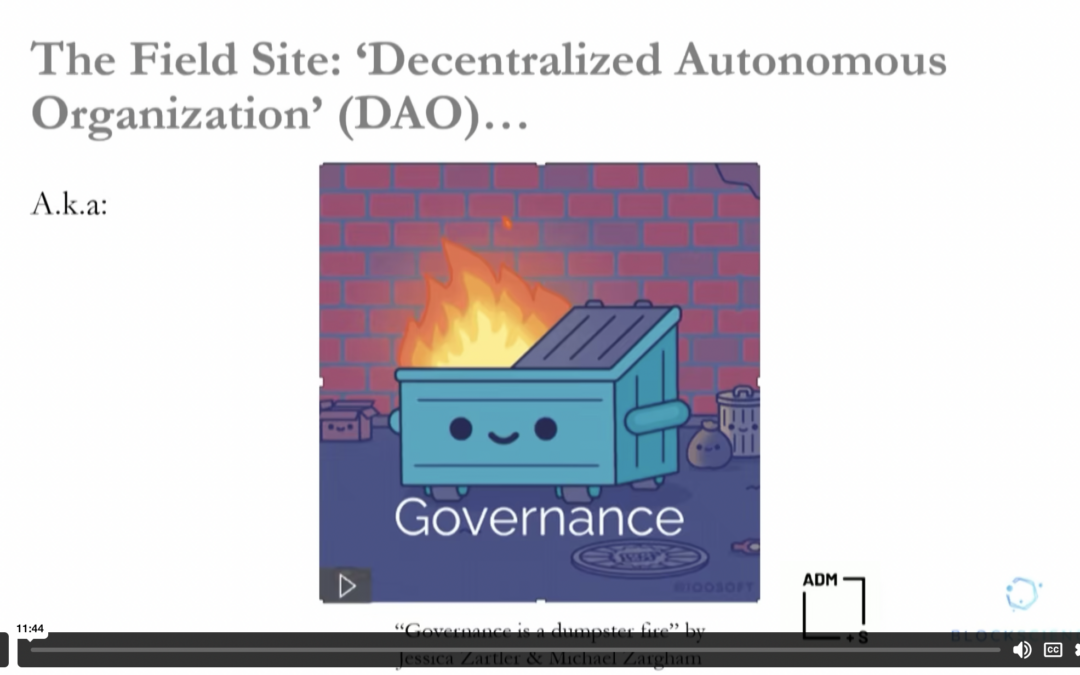

This paper details ethnographic methods, experiences, and insights from an ethnographer and an industry engaged complex systems engineer in how to study resilience in blockchain-based DAOs as a novel field site....

Crisis events can profoundly alter a person's relationship with technology that require product solutions to meet...
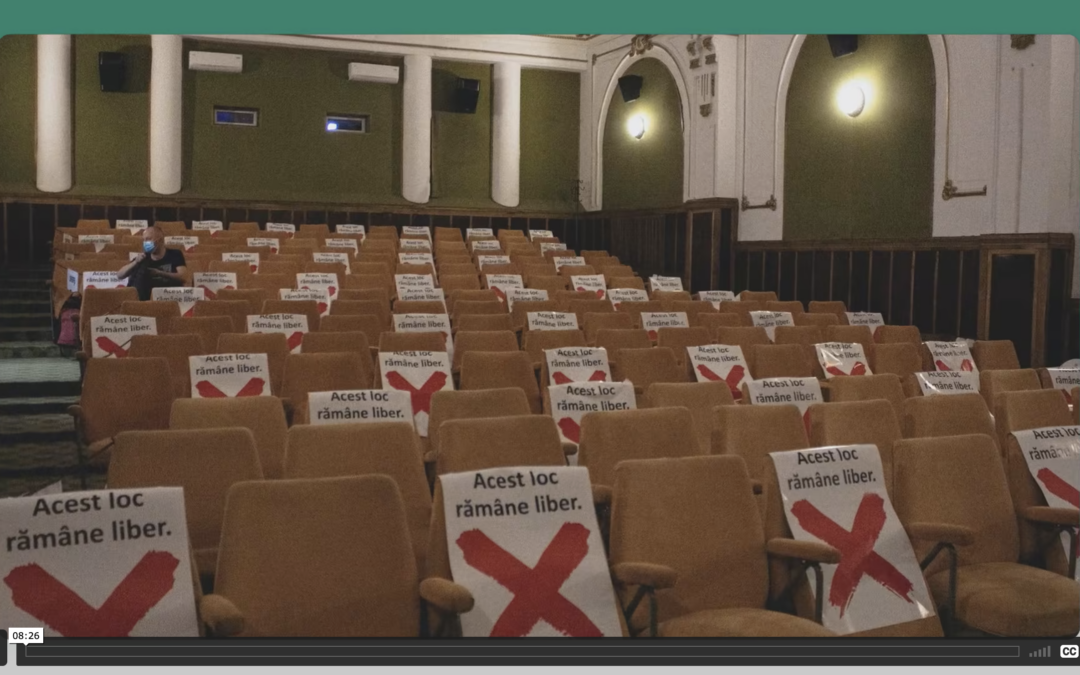
There has been significant interest in Futuring as a discipline after COVID-19, as multiple industries are beginning to interrogate their post-Covid future. Quantum Consumer Solutions and Unilever came together to interrogate the post-COVID future of hygiene in Europe, to inform brand and product...
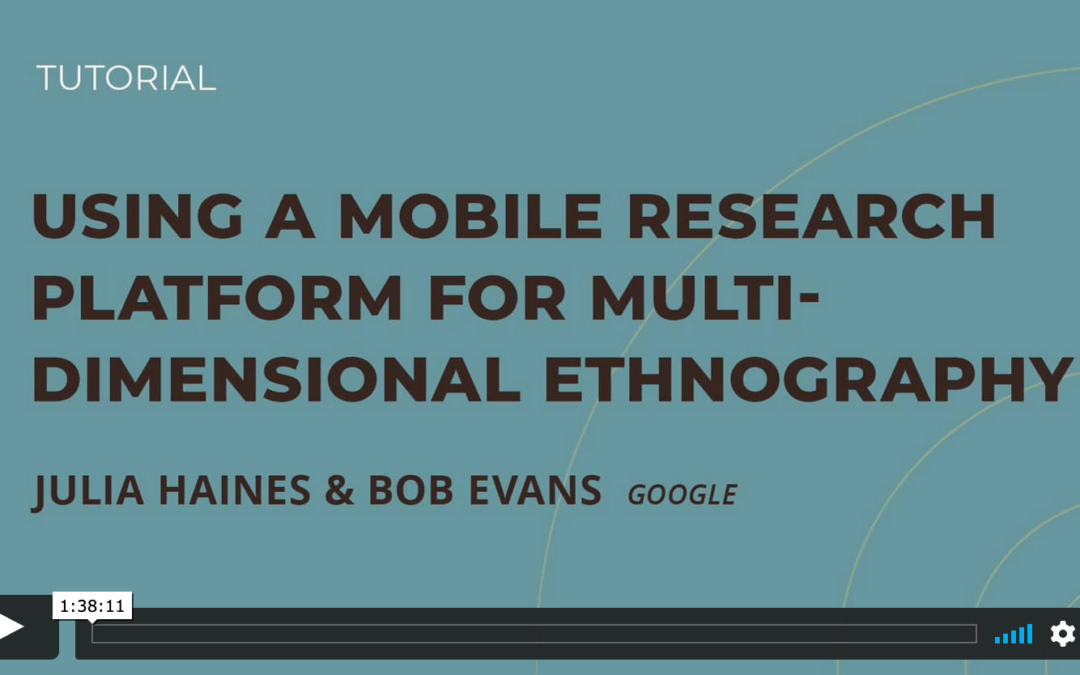
Overview The TRACES methodology focuses on foundational research at multiple levels of granularity and across multiple dimensions, digital and embodied. It is an approach to gathering more meaningful data around...
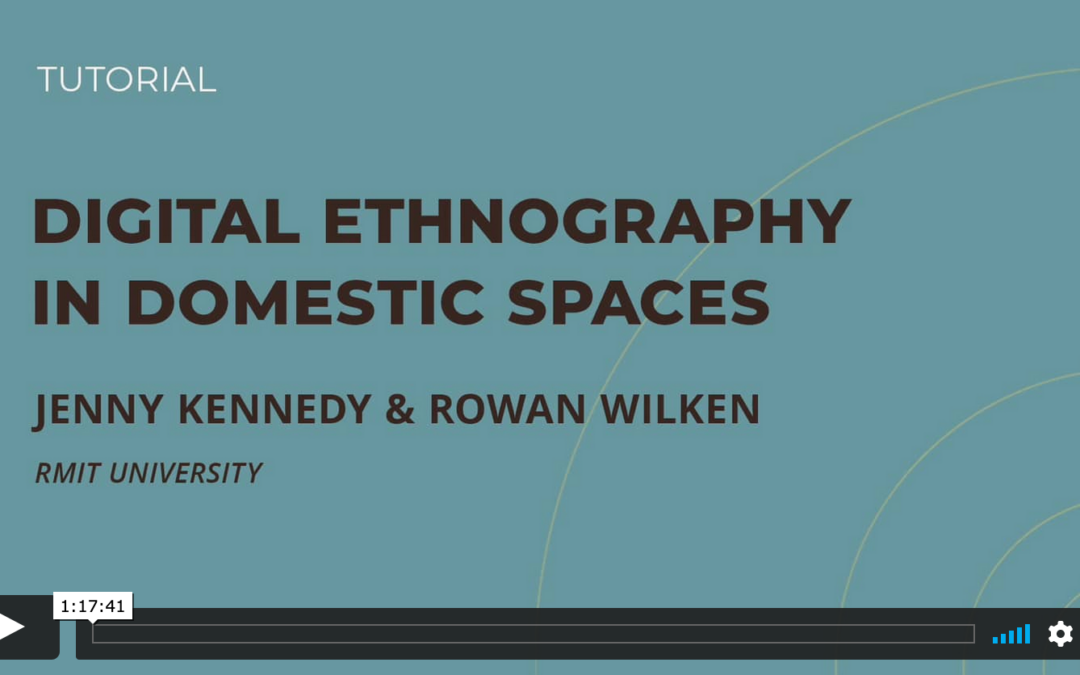
Overview This tutorial explores research in people’s homes through digital methods. The instructors focus on how to utilize participant’s existing digital skills and materials to undertake ethnographic research...
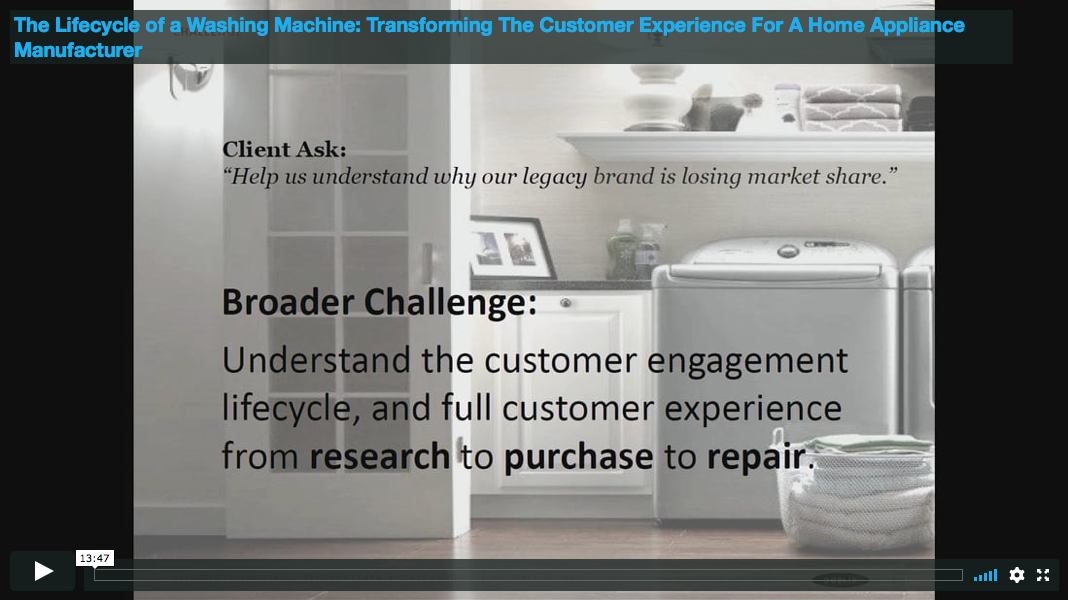
Case Study—This case study explores a customer experience transformation strategy and development research project run by Deloitte for a multinational U.S.-based home appliance manufacturing company. It explores the shift in strategy and approach for the company based on the team's digital...
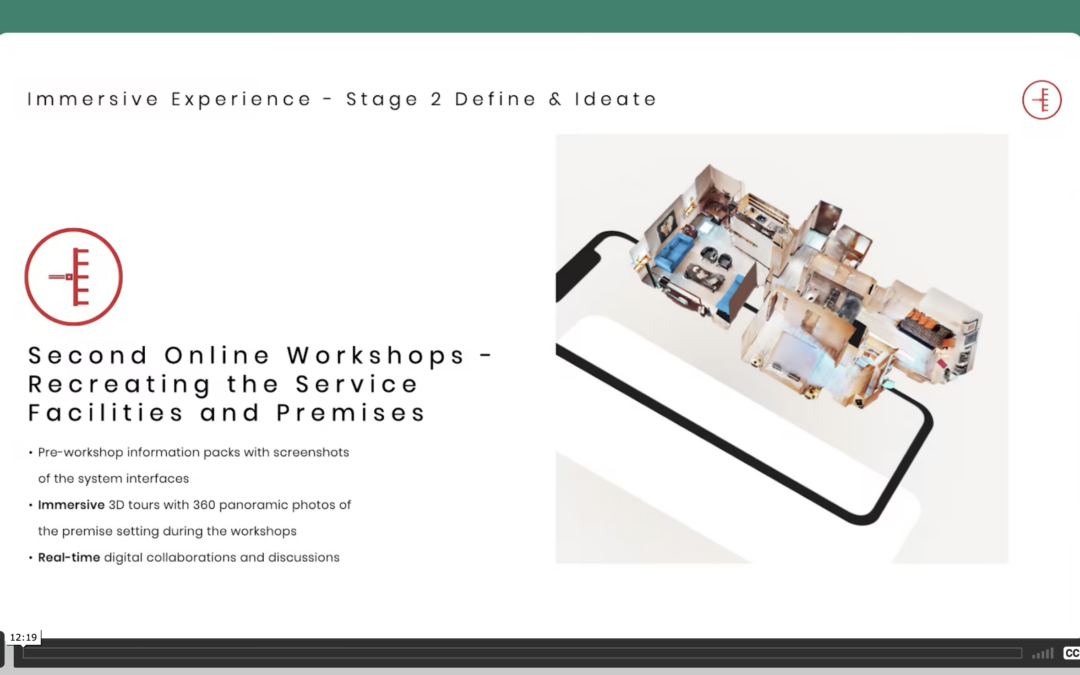
Despite constraints on face-to-face meetings and social distancing policies under COVID-19, with the help of online tools, Brandnographer successfully conducted a series of online activities to facilitate...
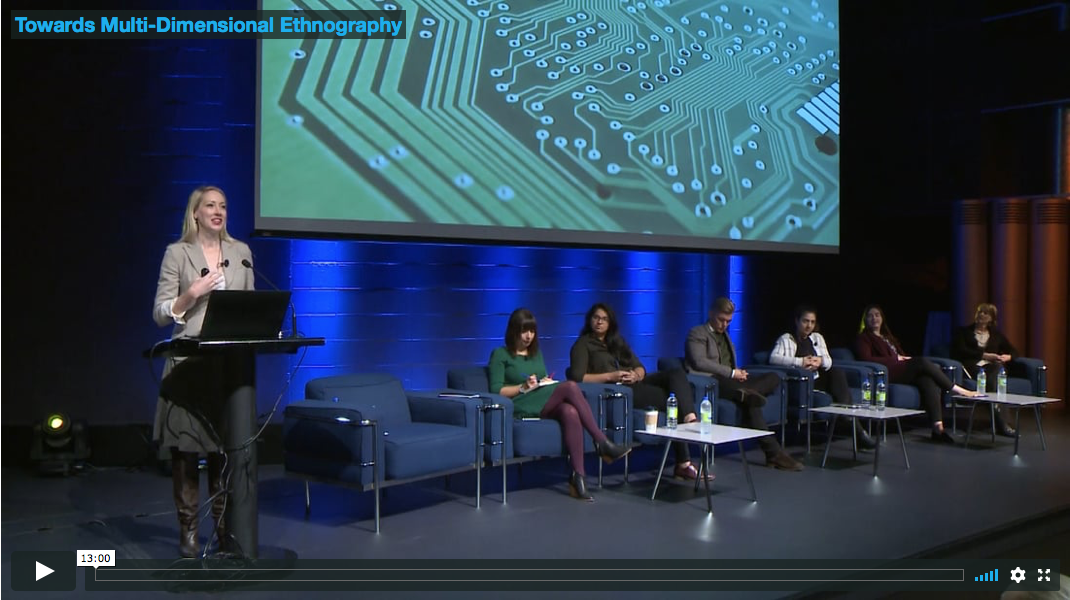
In this paper, I argue for the value of multi-dimensional ethnography. I explore the potential for ethnography to venture beyond sites, into different dimensions. As an example of work moving in this direction, I present a new approach, dubbed TRACES, which emphasizes the assemblages that...
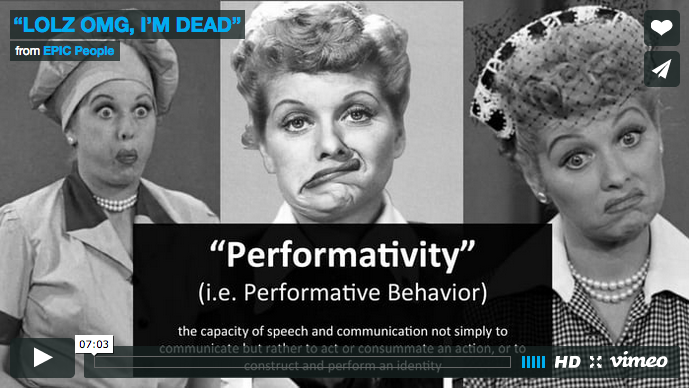
PechaKucha—Performative behavior is an action taken specifically with an audience in mind, to elicit a response or reaction. Digital Ethnography encounters this on a daily basis, as we study behavior on social & digital networks where performative behavior is rampant. As a research source,...
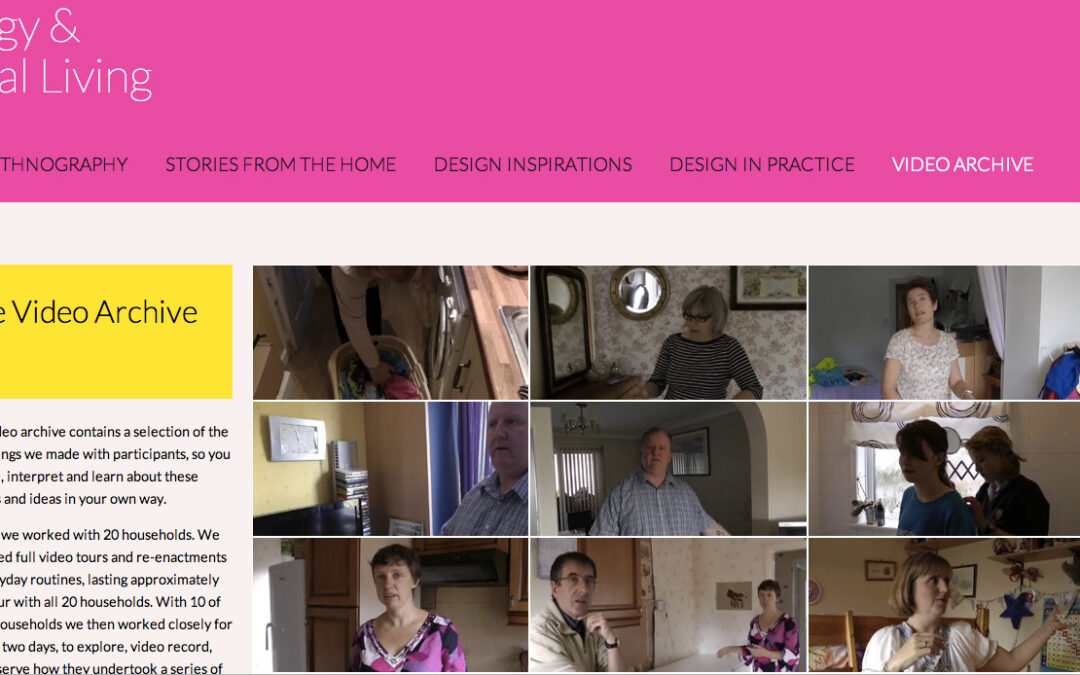
As an ethnographer working at the interface of theory and praxis, I frame my research by the need to understand the sensory and digital environments in which we live. Approaching the world through the prism of the digital and sensory offers us a novel and effective way of engaging with...